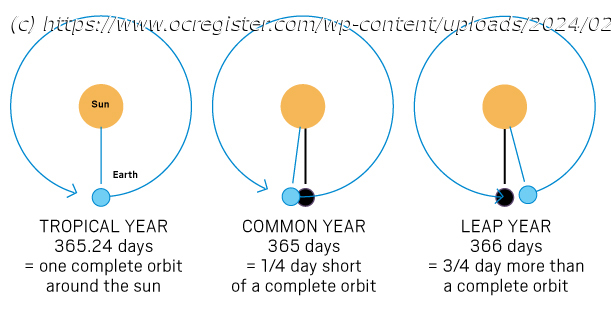Here’s how the days of the week got their names
LEAPLeap days keep our modern-day Gregorian calendar in alignment with Earth’s revolutions around the sun. It takes Earth 365.242189 days, or 365 days, five hours, 48 minutes and 45 seconds, to circle the sun. This is called a tropical year, and it starts on the spring equinox in March.
The modern Gregorian calendar added leap day because its precursor, the Julian calendar, did not precisely calculate the Earth’s rotation around the sun.
This Julian system was instituted in the Roman Empire by Julius Caesar around 46 B.C. But this calendar was 0.0078 days (11 minutes and 14 seconds) longer than the tropical year.






